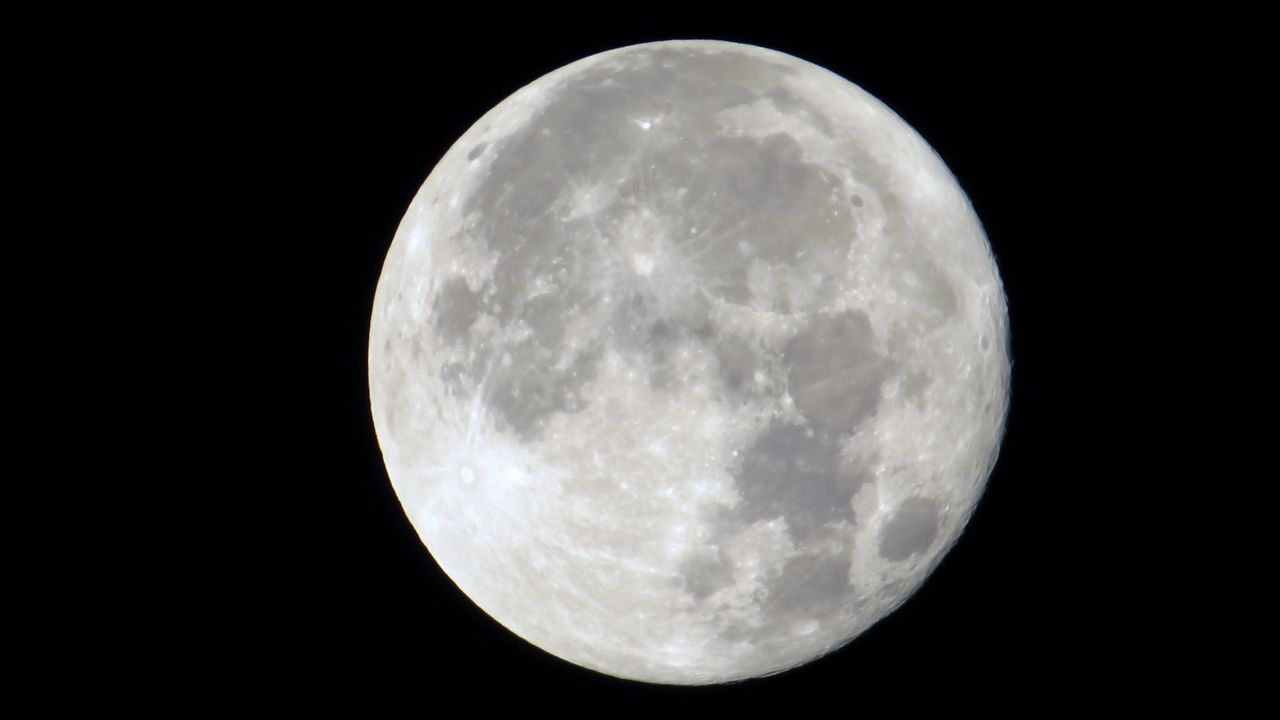One down, one more to go as skywatchers saw the first supermoon of August on Tuesday and the second one will be at the end of the month.
What You Need To Know
- In August, you get two chances to see the supermoon
- 🌕 Scroll down for supermoon facts 🌕
The first supermoon was on Tuesday, Aug. 01 and the second one will be on Wednesday, Aug. 30, the last supermoon until 2024.
The first #SuperMoon of the month was a treat for skywatchers. I was able to take some video and a photo of it.
— 🚀Anthony Leone🌕 (@AnthonyLeone) August 2, 2023
Find out more about the #Supermoon2023 in my story at @MyNews13: https://t.co/Lx521Ew18y pic.twitter.com/caJ41FPE6g
A supermoon is when the full moon or new moon is the closest to our round Earth (also called a perigee). So it will be appearing bigger in the Sunshine State’s sky.
“When a full moon or new moon coincides with perigee, it is known as a supermoon. Note that supermoon is not an official astronomical term but was coined by an astrologer in the late 1970s,” Dr. Simon Schuler of the University of Tampa explained to Spectrum News.
A supermoon does not happen all the time due to Earth’s lunar sister having an ellipse or oval orbit, stated Schuler.
So at certain times, the moon is close to Earth in its orbit (supermoon) and at other times it is far away as it goes around our planet, called apogee, explained Schuler.
For Tuesday’s supermoon, the moon was about 222,200 miles/357,587 kilometers from Earth.
And at the end of the month, the second supermoon will be even closer at about 221,900 miles/357,183 kilometers.
The moon’s average distance from the Earth is 238,900 miles/384,472 kilometers.
In addition, the Aug. 30’s supermoon will be known as a blue moon; a blue moon is a full moon that happens twice in a month.
Citing TimeAndDate.com, Schuler said the next supermoon is in 2024, followed by another one in 2025. He added that there are two to four a year.
Supermoon viewing conditions
And how to enjoy watching the supermoon, Spectrum Bay News 9 meteorologist Josh Linker and Spectrum News 13 meteorologist Chris Gilson gave some advice.
“The moon will likely be highly visible anywhere in Central Florida. But, it is always better to view the nighttime sky away from city lights,” said Gilson.
Linker offered that the best locations are away from any light pollution to get the full effect, but if you can’t, don’t worry about it.
“But, a supermoon provides lots of light anyway so even in the city, it should be fairly vibrant. The later in the evening or into the wee hours of the morning will have the best chance for clearer skies,” he said.
The next big celestial events
Schuler, the chair of physics and astronomy at the University of Tampa, shared the next big celestial events to look out for.
“Other events to keep an eye on this year are the Perseid meteor shower, which is visible now but peaks in mid-August, and an annular solar eclipse, which is an eclipse when the moon is near apogee and thus does not block out the whole sun. Here in Florida, we will be able to see a partial solar eclipse with about 60% of the sun blocked by the moon. Those are the two best astronomical events left in 2023,” he said.



